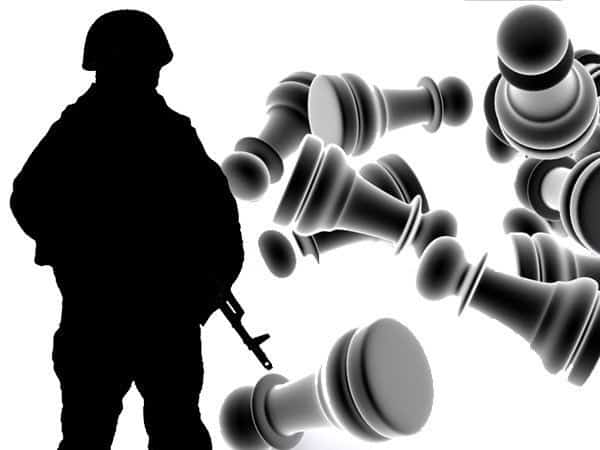The International Criminal Court (ICC) in the Hague has concluded that the situation within the territory of Crimea and the city of Sevastopol amounts to an international armed conflict between Ukraine and the Russian Federation.
See also: Russian aggression against Ukraine, international law and global security: 25 key theses
”The information available suggests that the situation within the territory of Crimea and Sevastopol amounts to an international armed conflict between Ukraine and the Russian Federation,” according to an annual Report on Preliminary Examination Activities (2016), issued by ICC Prosecutor Fatou Bensouda.
”This international armed conflict began at the latest on February 26 when the Russian Federation deployed members of its armed forces to gain control over parts of the Ukrainian territory without the consent of the Ukrainian Government,” the report says.
”The law of international armed conflict would continue to apply after March 18, 2014 to the extent that the situation within the territory of Crimea and Sevastopol factually amounts to an on-going state of occupation.”
According to the report, a determination of whether or not the initial intervention which led to the occupation is considered lawful or not is not required.
”For purposes of the Rome Statute an armed conflict may be international in nature if 36 one or more States partially or totally occupies the territory of another State, whether or not the occupation meets with armed resistance,” the report said.
As reported earlier, on September 8, 2015, the Government of Ukraine lodged a second declaration with the ICC under Article 12(3) of the Statute accepting the exercise of jurisdiction by the ICC in relation to alleged crimes committed on its territory, namely the Crimean peninsula and Donbas, from February 20, 2014 onwards, with no end date.
See also: How Russia has prepared for aggression against Ukraine for 10 years. Instruments of hybrid war





